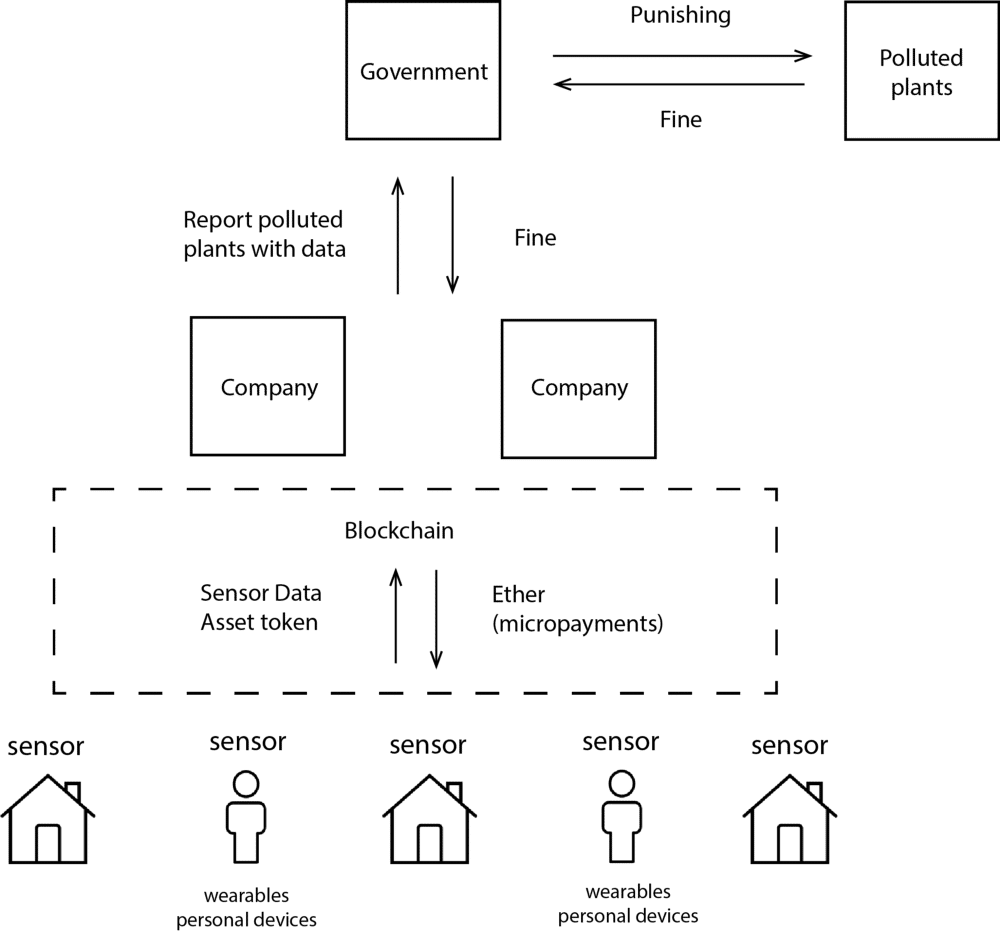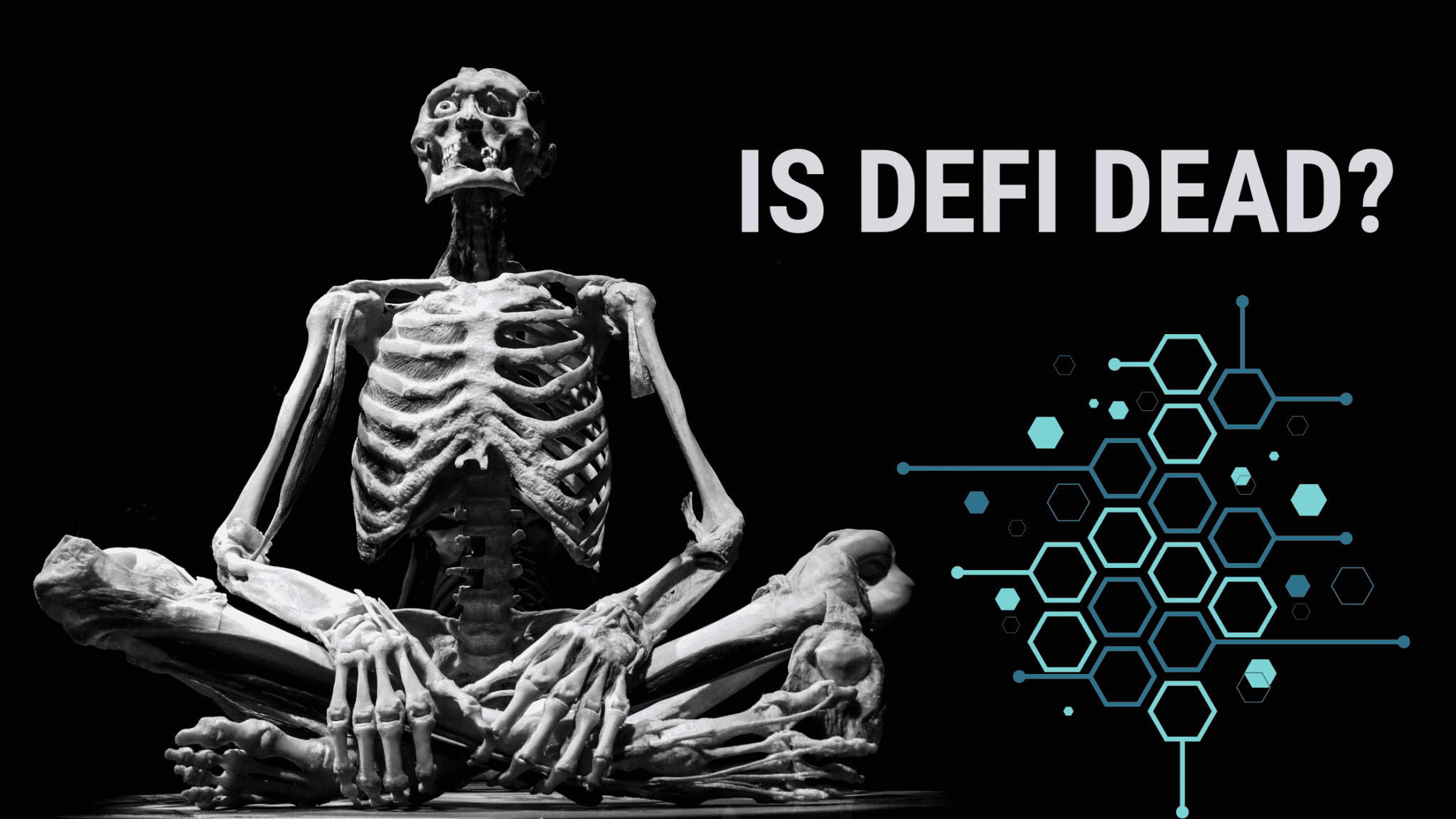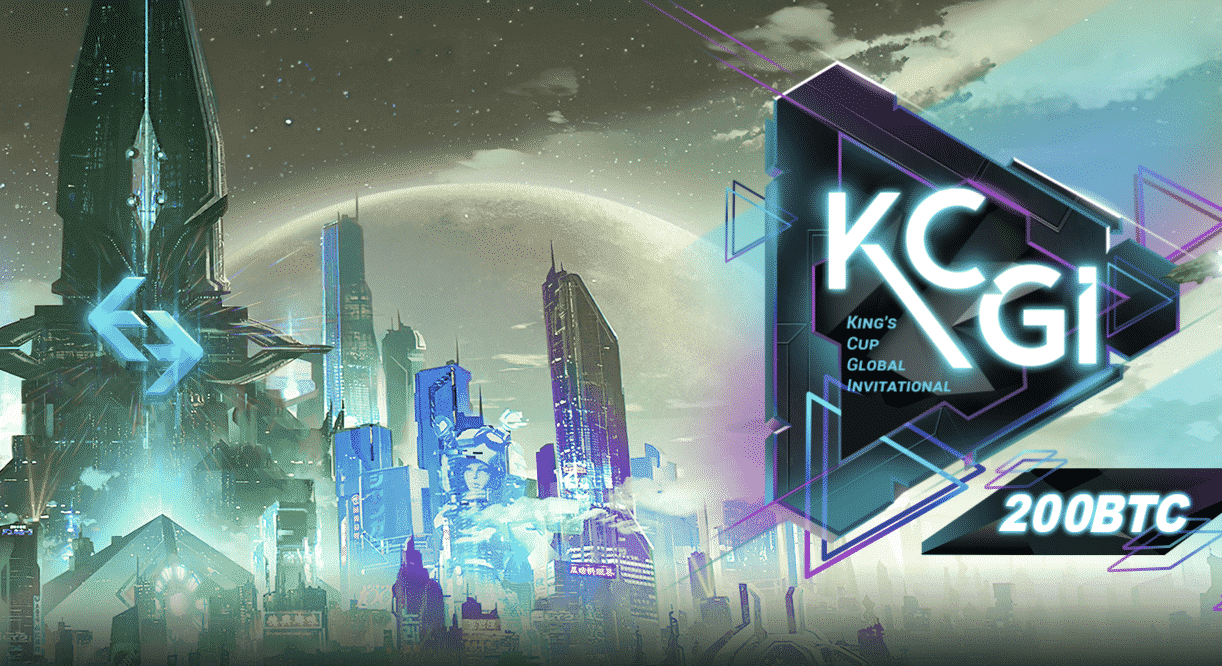 Navigation
Navigation
How Can Blockchain Technology Help Fight Air Pollution?
It’s hard to imagine what being “scared to breathe” feels like unless you have tried to breathe in Beijing. In October I visited my home city, and for most of my stay, it was feculent and visually hazy. It reminds me of Stephen King’s Under the Dome. China is constantly covered by a dome of hazardous air — I saw people driving with their protection masks on and using tape to seal their windows to keep the polluted air out. Beijingers’ concern air pollution.

Smog over Beijing’s Forbidden City
The most toxic component in the air is PM2.5, a particle so small that it can get into the lungs, and potentially cause serious health problems. The World Health Organization considers an amount of PM2.5 under 25 micrograms per cubic meter as “safe”. During my stay Beijing’s air was clogged with averages of over 197 micrograms per cubic meter, with peaks up to 338. The pollution in China originates mostly from burning low-quality fossil fuels, including emissions from large numbers of new vehicles, a result of the nation’s massive urbanization. The desperate desire for huge economic growth outweighs any environmental concerns China may have. Broadly speaking, China is just one of many developing countries expanding its economy at the expense of the environment.
Current air pollution monitoring systems face three problems: scalability, cost and trust issues
The Chinese government is working towards curbing its pattern of environmental damage. They have adjusted their strategy for sustainable development and are encouraging the public to participate in this process. For example, with government support a Chinese non-governmental organization, the Institute of Public and Environmental Affairs, launched an application called “Blue Sky” that enables the public to check real-time data on air and water quality, local sources of pollution, and scrutinize emissions from 9,000 polluting companies. The huge amount of data released has put public pressure on these companies, pushing them to take steps toward reducing pollution.
As air pollution is a global issue, would it be possible for this app to help other developing nations reduce their pollution?
Could it be used to monitor global air pollution? Ma Jun, head of IPE, answered these questions in an interview with Chinadialogue.
“MJ: We’re happy to share our experiences. Of course, circumstances are different in every nation. In China the information released is limited, but the government does a lot of monitoring, and the authorities have a solid dataset — and we encourage the release of that data.
However, in some countries that monitoring is weak. They need to take account of their own circumstances, perhaps relying on new technology to have the public monitor pollution and make that public, creating a social monitoring network. And also you need to think about how to encourage companies to monitor their own pollution and publish that data.
This kind of job requires data, and that data takes time and effort to collect. We’ve been doing it for ten years, and it’s very dull work. ”
The current centralized monitoring system faces critical problems: scalability and cost. Besides, another inevitable problem is the trust issue.
“What are the guarantees for the citizens that this data will not be abused, misused or just sold to the corporations that work with the government in this kind of initiatives?” — Federico Guerrini
Want To Get Daily Access?
Join Over 5,478 Members. Angel Investors, Startups & Developers
Blockchain as a solution
A decentralized network of air pollution monitoring is a possible solution for the problems mentioned above. Decentralized network endpoints are sensors owned by individuals, and include home installed sensors, personal devices (smart phone, etc.) and wearables devices. With blockchain technology, we could connect all the sensors together to create a mesh network.
A mesh network is a network formed in which each node (device) relays data to the network. A blockchain is a decentralized database that makes it possible to create a ledger of information and share it with a distributed network of devices. Every sensor on the network would be able to take actions on the ledger without a centralized server. This enables completely distributed, decentralized interactions, where all the data generated is owned by the device user. The data can then be traded among the devices on a blockchain through smart contract powered micropayments. The nature of blockchain technology means that all data stored on it is public and unchangeable, so even if a company tried to buy up all of the data damning them for pollution, they would not be able to hide it from the public or change the data.
Individuals, open market, government and the blockchain.

Here’s a decentralized air pollution monitoring model: an open market on blockchain for data and asset token trading between individuals and big data companies. The government is responsible for making policies and punishing polluted plants.
1) Individuals or small business set up air pollution sensors and sell data to the market on blockchain.
Technologies like The Tap, developed by Filament, is an option for household air monitoring on a blockchain. It is a connectivity device with an inserted environmental sensor that can connect to the bitcoin blockchain. It wirelessly connects to each other device, using TMesh, a secure mesh networking over radio links that enables long range connections. The smart contracts in its technology enable actions like microtransactions that offer data to companies (such as a meteorological company) in return for currency.
2) Companies buy real-time data on the open market.
On the other side of the market are the companies or organizations that buy this data, and use it to identify heavily polluting plants. These companies or organizations report the polluting factories to the government and collect fees. Although the data gathering itself is completely distributed, it does require a centralized way of analyzing its findings.
3) The government creates a harsh air pollution punishment program.
When the government receives a tip from a reporting organization, it will launch an investigation into the polluting factory. If the accused factory is found guilty of polluting, it must pay a large fine, which the government shares with the reporting organization. Blockchain technology, with it’s transparency and non-malleable structure, will help supervise government enforcement. The public will have access to all the plants that are discovered to be polluting, as well as all the raw data generated from the sensors.
Businesses and people in developing countries tend to choose small economic interests over the environment. The threat of large-scale punishments being levied for pollution will make emission control, and the use of clean energy, economically beneficial for these companies. Since there will be less demand on “dirty” or traditional energy, the government should encourage the energy industry to be an open market, benefiting companies producing, or using, clean energy. The competition created between clean energy companies will accelerate the clean energy proving and developing process, and thus lower the price. And on the customer side, the price paying for cleaning product will be affordable, and furthermore lead to continuing developments in clean energy, helping us protect the environment.
This article was written by Yunyun Chen, UX Designer at ConsenSys. If you have any questions, email her at yunyun.chen@consensys.net. Thanks to Ameen Soleimani, Herman Junge and Martin Lundfall for their idea contributions.
Disclaimer: The views expressed by the author above do not necessarily represent the views of Consensus Systems LLC DBA Consensys. ConsenSys is a decentralized community with ConsenSys Media being a platform for members to freely express their diverse ideas and perspectives. To learn more about ConsenSys and Ethereum, please visit our website.
Originally published on Medium






[…] Blockchain technology is poised to enable individuals and government groups to fight climate change by allowing them access to better monitoring tools and models for their individual energy consumption and contributions to factors such as air pollution. […]
[…] Blockchain technology is poised to enable individuals and government groups to fight climate change by allowing them access to better monitoring tools and models for their individual energy consumption and contributions to factors such as air pollution. […]
[…] Blockchain technology is poised to enable individuals and government groups to fight climate change by allowing them access to better monitoring tools and models for their individual energy consumption and contributions to factors such as air pollution. […]